
PTD-DBM – 5MG
$82.00
Discount per Quantity
| Quantity | Discount | Price |
|---|---|---|
| 5 - 8 | 5% | $77.90 |
| 9 + | 10% | $73.80 |
Scientific Overview of PTD-DBM
PTD-DBM, short for Protein Transduction Domain-fused Disheveled Binding Motif, is a synthetic peptide explored in various lines of research involving cellular signaling, tissue repair, and hair follicle development. This compound was first studied by Professor Kang-Yell Choi and colleagues at Yonsei University, South Korea, who investigated mechanisms underlying follicle damage and regeneration. Their work drew attention to the interaction between CXXC5 proteins and components of the Wnt/β-catenin pathway, suggesting that disruption of this binding could play a role in follicle growth.
The Wnt/β-catenin pathway is a well-studied cellular signaling system with potential roles in regulating development, tissue regeneration, and cellular proliferation. Wnt proteins are secreted molecules that bind to surface receptors, initiating a cascade that stabilizes β-catenin. Stabilized β-catenin may then accumulate in the cytoplasm and move to the nucleus, where it can interact with transcription factors to influence gene expression. In experimental studies, β-catenin activation has been associated with cellular growth and differentiation, including initiation of the anagen (growth) phase of hair follicles.
CXXC5, a zinc finger protein, has been observed in models of follicle loss as a possible inhibitor of Wnt/β-catenin signaling. PTD-DBM has been proposed as a competitive binding agent designed to disrupt the interaction between CXXC5 and Dishevelled (Dvl) proteins, thereby supporting the activity of Wnt/β-catenin signaling. Findings in murine models have suggested that PTD-DBM may elevate markers associated with proliferation and follicle health, such as β-catenin, alkaline phosphatase (ALP), and proliferating cell nuclear antigen (PCNA).
Alternative Names: Protein Transduction Domain-fused Disheveled Binding Motif
PTD-DBM Studies and Research Data
Insights from Androgenetic Alopecia Models
Hair growth typically occurs in repeating phases: anagen (growth), catagen (regression), and telogen (rest). In models of androgenetic alopecia, excessive androgens such as dihydrotestosterone (DHT) have been linked to shortening of the anagen phase. Within these models, Wnt/β-catenin signaling is frequently identified as a critical pathway in follicle activity.
Research has indicated that overexpression of CXXC5 may correspond with disrupted Wnt/β-catenin activity and reduced follicle proliferation. Murine models lacking CXXC5 expression reportedly did not display baldness, which led to the hypothesis that PTD-DBM, by interfering with the CXXC5-Dvl interaction, may support Wnt pathway signaling. Animals exposed to PTD-DBM showed outcomes comparable to those lacking CXXC5 expression, including maintained follicle growth and reduced patching. These findings suggest that PTD-DBM may support anagen phase maintenance and follicle regeneration in environments where androgen activity would otherwise hinder growth.
PTD-DBM and Proposed Role in Tissue Repair
Beyond hair follicle research, PTD-DBM has also been examined in the context of wound repair. Investigations into CXXC5−/− knockout mice demonstrated accelerated lesion healing, enhanced keratin and collagen production, and increased markers of fibroblast activity. This prompted exploration into whether peptides like PTD-DBM could disrupt inhibitory protein interactions and thereby enhance Wnt/β-catenin signaling in tissue regeneration.
Experimental models suggested that PTD-DBM may induce expression of β-catenin as well as proteins associated with fibroblast function, such as α-SMA and collagen I. This could imply support for fibroblast migration, collagen gel contraction, and stress fiber formation—all processes regarded as central to wound closure and regeneration.
Hair Follicle Neogenesis and Regrowth Potential
Another area of focus has been wound-induced hair follicle neogenesis (WIHN), a process observed in murine studies where new follicles may form during wound healing. Findings have suggested that PTD-DBM might contribute to this process, possibly through its interaction with CXXC5-Dvl signaling. Data from experimental exposure indicate not only maintenance of existing follicle cycles but also possible support for new follicle formation during tissue recovery.
Conclusion
PTD-DBM has been investigated in scientific contexts emphasizing hair follicle biology and tissue repair. Research suggests that this peptide may act by interfering with the CXXC5-Dvl interaction, thereby promoting Wnt/β-catenin signaling. Observations from murine models point toward potential roles in sustaining the anagen phase, enhancing cellular proliferation markers, and encouraging tissue repair processes such as fibroblast migration and collagen synthesis. Preliminary findings also raise interest in possible contributions to hair follicle neogenesis during wound healing. Further studies are required to refine these observations and better understand the scope of PTD-DBM’s research potential.
References
- Ryu, Y.C.; Park, J.; Kim, Y.-R.; Choi, S.; Kim, G.-U.; Kim, E.; Hwang, Y.; Kim, H.; Han, G.; Lee, S.-H.; Choi, K.-Y. CXXC5 Mediates DHT-Induced Androgenetic Alopecia via PGD2. Cells 2023, 12, 555. doi: 10.3390/cells12040555.
- Lee SH, Kim MY, Kim HY, Lee YM, Kim H, Nam KA, Roh MR, Min do S, Chung KY, Choi KY. The Dishevelled-binding protein CXXC5 negatively regulates cutaneous wound healing. J Exp Med. 2015 Jun 29;212(7):1061-80. doi: 10.1084/jem.20141601. Epub 2015 Jun 8. PMID: 26056233; PMCID: PMC4493411.
- Ryu YC, Lee DH, Shim J, Park J, Kim YR, Choi S, Bak SS, Sung YK, Lee SH, Choi KY. KY19382, a novel activator of Wnt/β-catenin signalling, promotes hair regrowth and hair follicle neogenesis. Br J Pharmacol. 2021 Jun;178(12):2533-2546. doi: 10.1111/bph.15438. Epub 2021 May 5. PMID: 33751552; PMCID: PMC8251890.
- Kim D, Garza LA. The Negative Regulator CXXC5: Making WNT Look a Little Less Dishevelled. J Invest Dermatol. 2017 Nov;137(11):2248-2250. doi: 10.1016/j.jid.2017.07.826. Epub 2017 Sep 27. PMID: 28967390; PMCID: PMC6399733.
- Lee SH, Seo SH, Lee DH, Pi LQ, Lee WS, Choi KY. Targeting of CXXC5 by a Competing Peptide Stimulates Hair Regrowth and Wound-Induced Hair Neogenesis. J Invest Dermatol. 2017 Nov;137(11):2260-2269. doi: 10.1016/j.jid.2017.04.038. Epub 2017 Jun 6. PMID: 28595998.
Disclaimer:
The products mentioned are intended solely for laboratory research and in-vitro experimentation. They are not approved for human or animal use of any kind. All details provided are for educational purposes only. By purchasing from this site, you agree to comply with our Terms and Conditions.
Only logged in customers may leave a review.
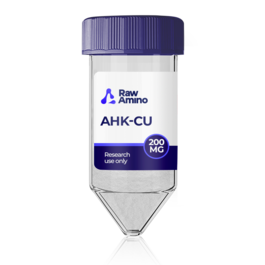
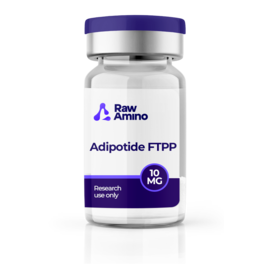
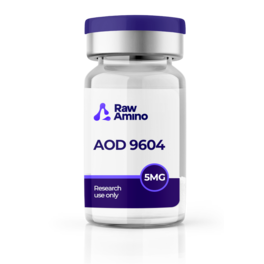
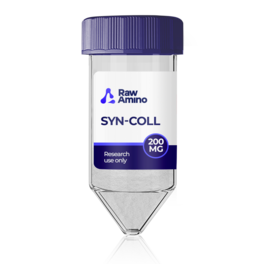
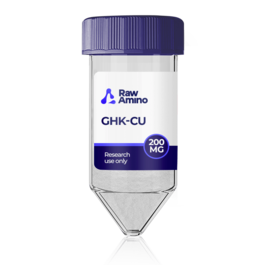
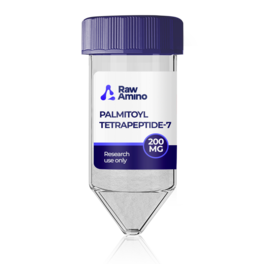
Reviews
There are no reviews yet.